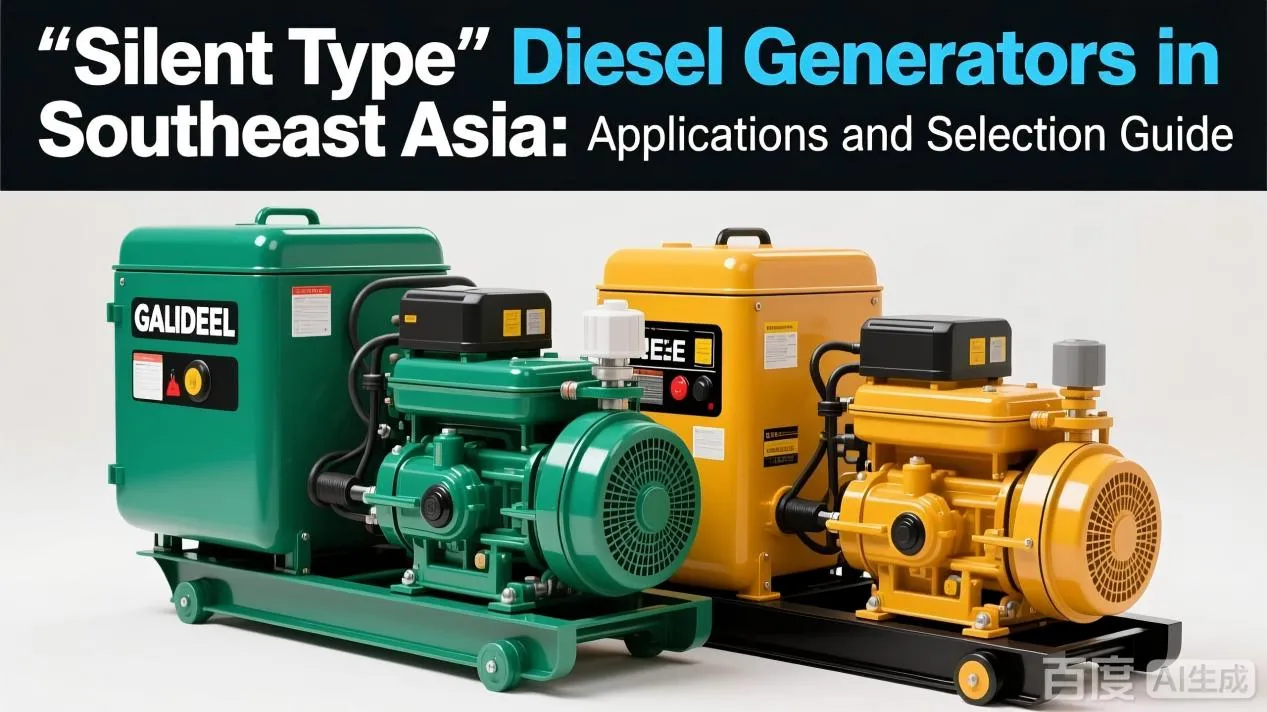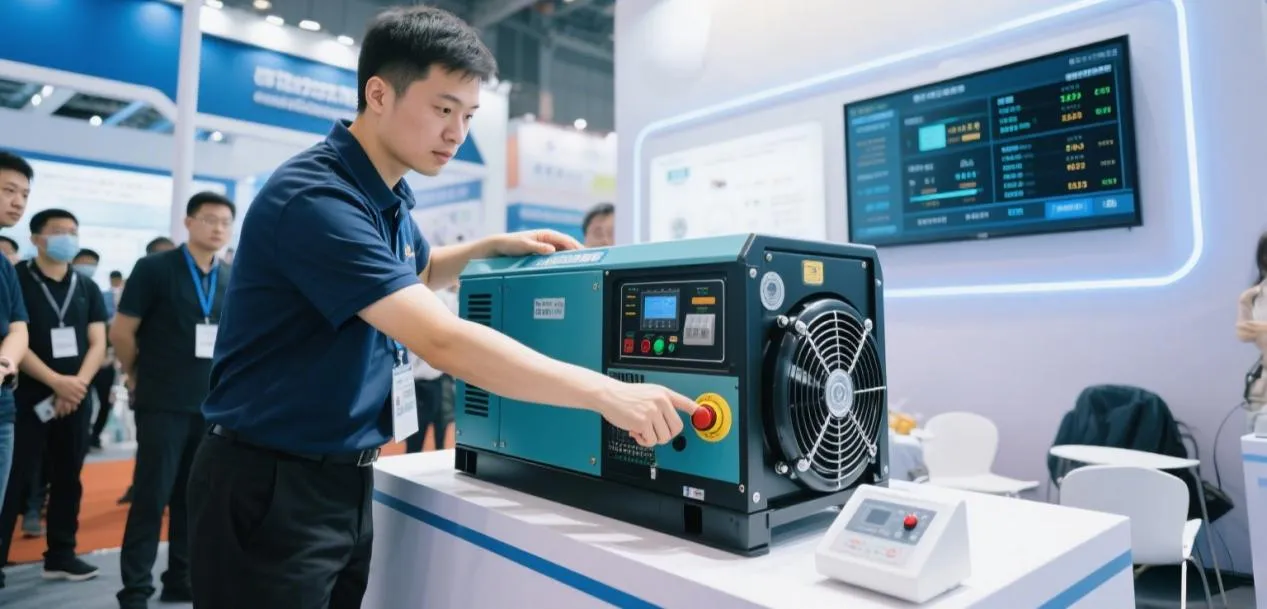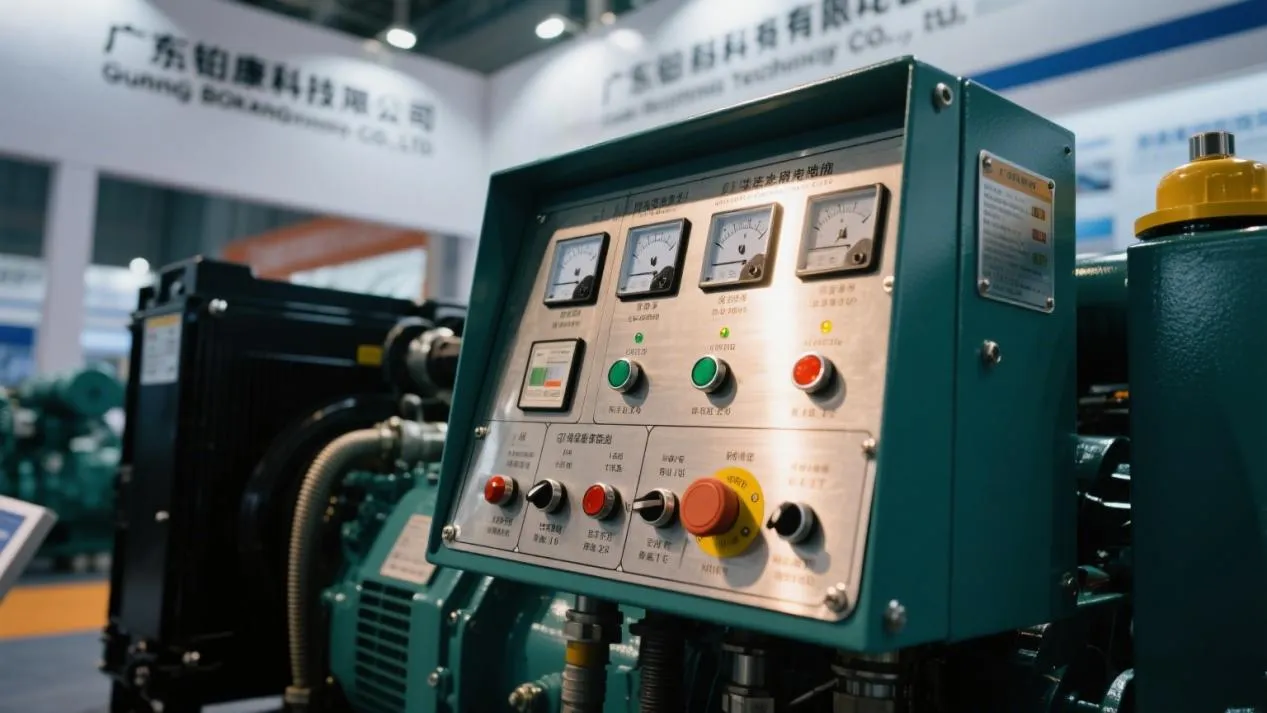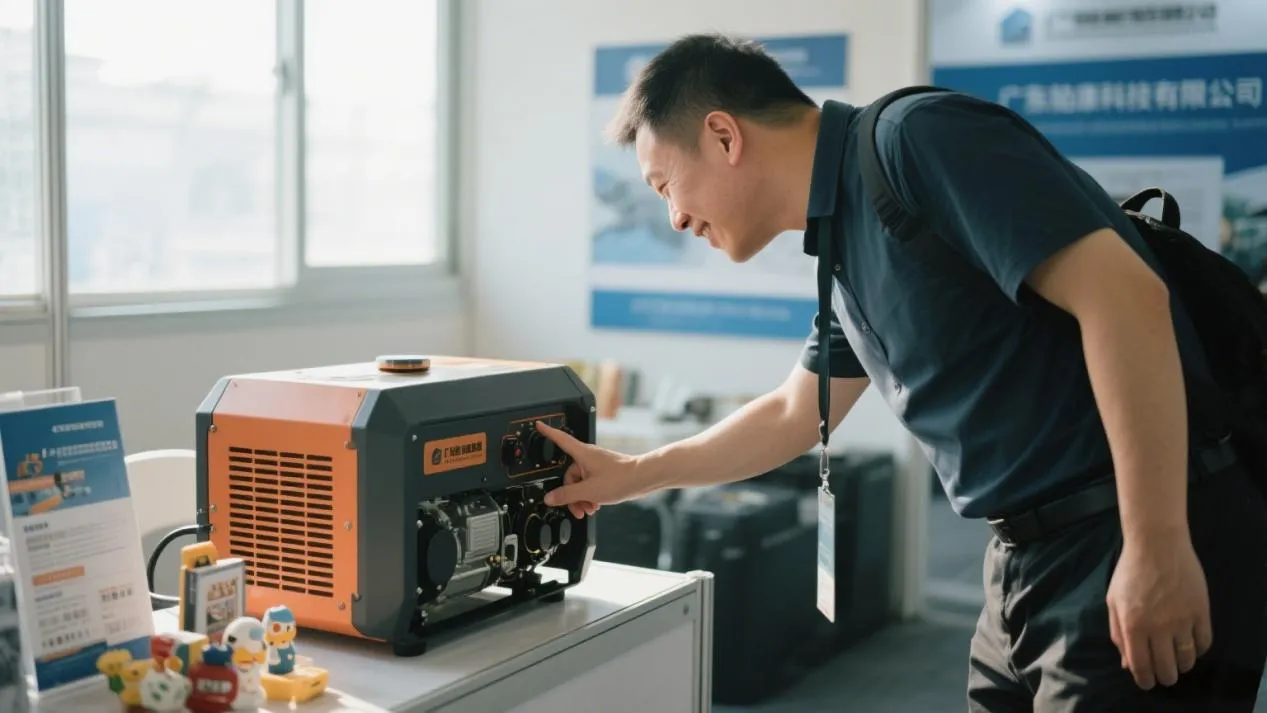On-Grid vs Off-Grid Diesel Generators: Power Solutions for Southeast Asia’s Remote Islands
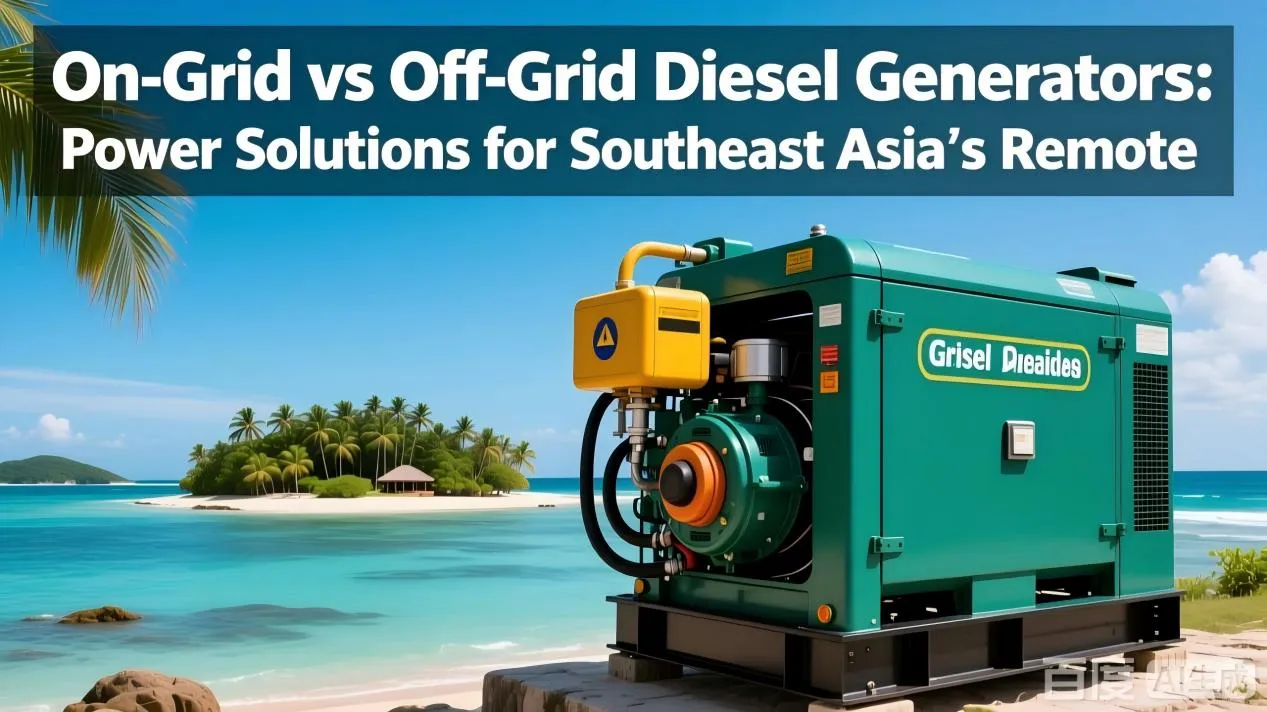
Southeast Asia is home to over 25,000 islands, many of which are located far from national power grids. These regions face distinct challenges:
High fuel transportation costs (diesel prices in remote Indonesian islands can be 3x higher than in cities)
Uneconomical grid extension (grid construction in some Philippine islands exceeds $50,000/km)
Environmental sensitivity (e.g., Thailand’s Similan Islands restrict large-scale power infrastructure)
This article compares on-grid and off-grid solutions and provides integrated power strategies tailored to Southeast Asia’s remote islands.
I. Technical Solutions: On-Grid vs. Off-Grid vs. Hybrid Systems
| Solution Type | How It Works | Advantages | Disadvantages | Ideal Applications |
|---|---|---|---|---|
| Off-Grid Diesel | Standalone diesel generator | Quick deployment, simple tech | Fuel cost = 70% of LCOE* | Temporary camps, tiny islands |
| On-Grid | Connected to main grid | Lowest operational cost | Requires grid infrastructure | Large nearshore islands |
| Hybrid System | Diesel + solar/storage | Saves 30-60% fuel | Higher initial investment | Medium tourism islands |
*LCOE = Levelized Cost of Energy
Case Study: Malaysia’s Tioman Island reduced annual diesel consumption from 1.2 million liters to 450,000 liters using a diesel-solar-storage hybrid system.
II. Key Considerations for Island-Based Diesel Generators
1. Specialized Generator Requirements
Marine-grade anti-corrosion (salt-rich environments): Recommended models like Perkins 1104D-44TG
Low-load operation optimization (islands often operate at <40% load): Select models with "smart load management"
Fuel compatibility: Must tolerate high-sulfur diesel (some remote areas still use 5000ppm sulfur fuel)
2. Typical Configuration Scenarios
| Island Size | Population | Recommended Solution | Real-World Example |
|---|---|---|---|
| Small | <500 people | 50kW diesel + 100kWh lead-acid batteries | Philippine Calamian Islands clinic |
| Medium | 500-2,000 people | 200kW diesel + 500kW solar + 1MWh storage | Indonesian Flores Island resort |
| Large | >2,000 people | Multiple 500kW units + microgrid management | Thailand Lipe Island municipal power |
III. Hybrid System Design: Maximizing Diesel Efficiency
1. Solar-Diesel Hybrid Systems
Fuel-saving principle:
Solar power during daytime (diesel on standby)
Smart controllers adjust diesel engine speed to match load
Sizing formula:
Solar capacity (kWp) = Daily energy use (kWh) ÷ (Sunlight hours × 0.75)
*Example: Indonesian island consuming 2000kWh/day with 4.5h sun → 600kWp solar needed*
2. Energy Storage Options
Lead-acid batteries: Low upfront cost ($150/kWh), budget-friendly
Lithium batteries: Long cycle life (3000+ cycles), high efficiency
Flywheel storage: Instant response (<20ms), ideal for sensitive equipment
Case Study:
A Philippine Coron Island resort uses a 300kW diesel + 800kWp solar + 2MWh lithium battery system, limiting diesel operation to just 4 hours daily.
IV. On-Grid Implementation: Challenges & Strategies
1. Grid Connection Policies in Southeast Asia
| Country | Grid Connection Permit | Key Requirements |
|---|---|---|
| Philippines | ERC approval required | Grid stability study report |
| Indonesia | Monopolized by PLN | "Grid contribution fee" (up to $25,000/MW) |
| Thailand | Dual PEA/NMEA approval | IEEE 1547-compliant synchronization |
2. Economic Analysis
Grid connection costs:
Subsea cables: $200,000-500,000/km
Substations: $1,000-1,500/kVA
Decision threshold:
>5km from coast or <2MW load → off-grid is more economical
V. Operation & Maintenance: Tropical Island Challenges
1. Remote Monitoring Solutions
Satellite communication (e.g., Iridium): For areas with no cellular coverage
Predictive maintenance: Vibration sensors + oil analysis for early warnings
Local training: Teach islanders basic maintenance (e.g., filter changes)
2. Spare Parts Management
Critical spares list:
Fuel filters (replace every 500 hours)
Starter batteries (1-2 year lifespan in heat)
Belt kits (high humidity accelerates wear)
Stocking recommendations:
Small islands: 3-month supply
Tourism islands: 6-month supply (account for peak season)
VI. Success Story: Komodo Island Power Upgrade (Indonesia)
Original System:
4×400kW diesel generators running 24/7
Annual diesel cost: $1.2 million
Frequent blackouts
Upgrade Solution:
Added 1.2MWp solar array
Installed 1.5MWh battery storage
Kept 2 diesel generators for backup
Results:
58% reduction in diesel consumption
99.8% power reliability
4.2-year investment payback period
VII. Implementation Roadmap
Step-by-Step Guide:
Assessment: Conduct 3-month load monitoring
Design: Use HOMER Pro software for system optimization
Pilot: Build 20% capacity to verify performance
Expand: Gradually increase renewable energy share
